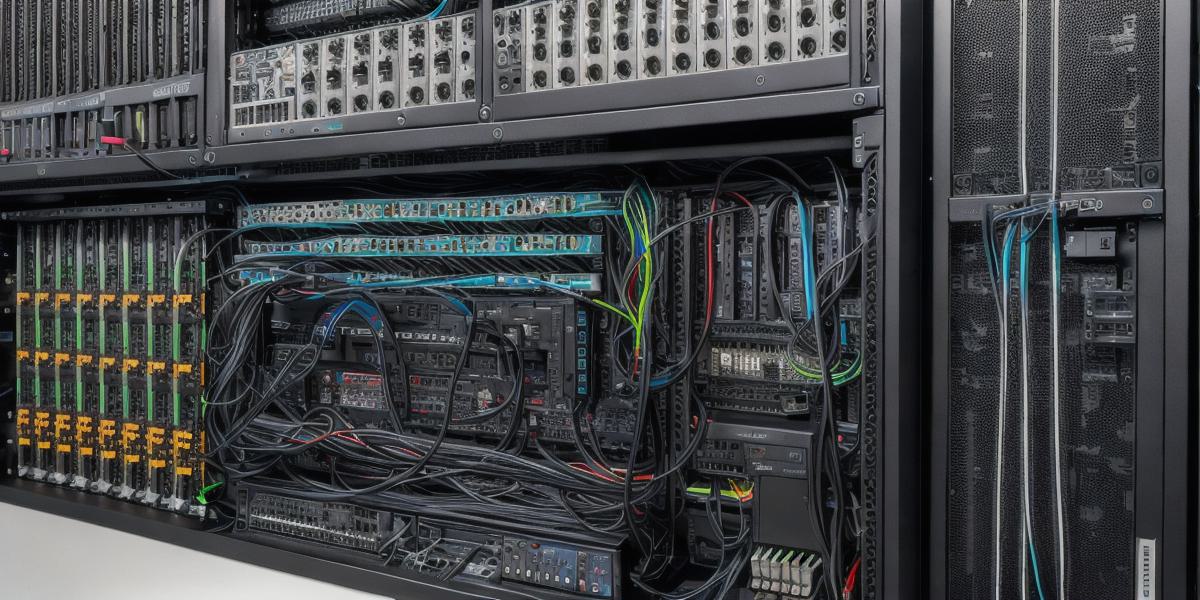KVM (Kernel-based Virtual Machine) is an open-source full virtualization solution for Linux on x86 hardware. It transforms a single physical server into multiple virtual servers by creating a hypervisor layer that sits directly on the machine’s kernel. This hypervisor manages and runs each virtual machine as an isolated guest operating system.

Benefits of KVM in Data Center Management
- Improved Resource Utilization: With KVM, data centers can maximize their hardware investment by creating multiple virtual machines on a single physical server. Each VM is allocated the necessary resources (CPU, RAM, and storage), allowing for optimal resource utilization.
- Enhanced Flexibility: KVM’s virtualization capabilities offer businesses the flexibility to create and manage multiple environments within their data center without requiring additional physical hardware. This agility enables faster response times to changing business needs and improved operational efficiency.

- Increased Security: Isolation of virtual machines from one another ensures that any security vulnerabilities are contained, minimizing the potential impact on other parts of the infrastructure. Moreover, KVM supports advanced security features such as live migration with encryption, ensuring data remains secure even during management tasks.
- Cost Savings: By consolidating multiple physical servers into a single data center environment using KVM, businesses can save significantly on hardware, power consumption, and cooling costs. Additionally, the reduced need for manual intervention in managing infrastructure translates to time savings and labor cost savings.
- Reduced Downtime: With features like live migration and snapshots, KVM minimizes downtime during maintenance activities or system upgrades. This ensures business continuity and enables seamless transitions between virtual environments.
**Example Scenario:**
Consider a web hosting company managing multiple client websites. They can use KVM to create isolated virtual machines for each website on a single physical server, ensuring resource isolation and improved security. Additionally, they can easily scale resources up or down as needed, optimize resource utilization, and perform maintenance tasks without downtime using features like live migration and snapshots.
**Summary:**
KVM is a powerful tool for data center optimization in today’s modern IT infrastructure. By enabling resource consolidation, improved security, enhanced flexibility, cost savings, and reduced downtime, KVM has become an essential component for managing complex virtualized environments efficiently.
